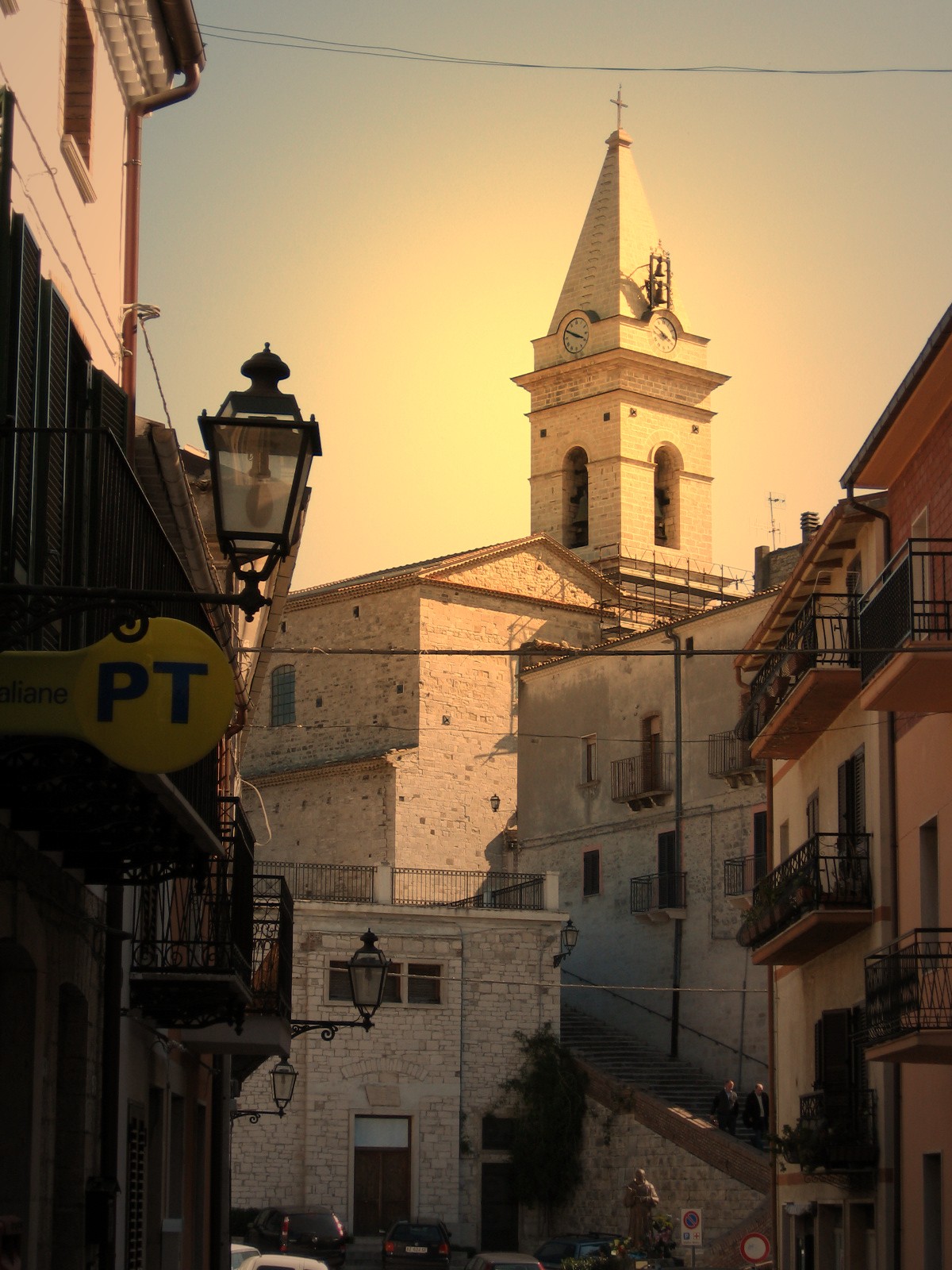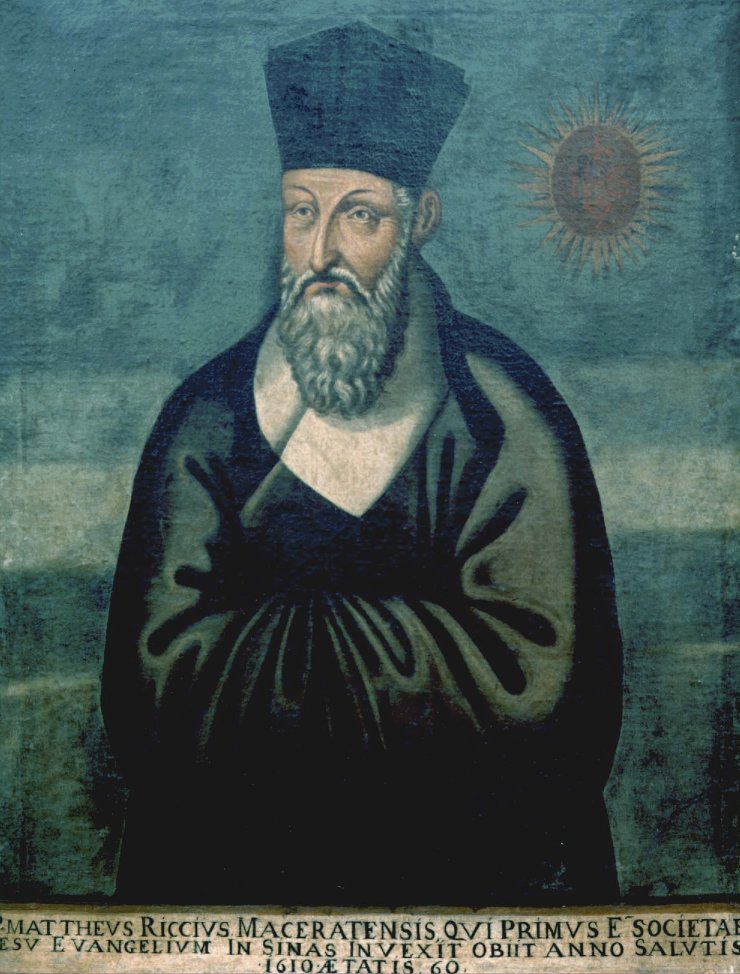|
Juan Cordella
Juan Cordella (died 1552) was a Roman Catholic prelate who served as Bishop of Guardialfiera (1548–1552). ''(in Latin)'' Biography On 22 March 1548, Juan Cordella was appointed by Pope Paul III as Bishop of Guardialfiera. He served as Bishop of Guardialfiera until his death in 1552. See also *Catholic Church in Italy The Italian Catholic Church, or Catholic Church in Italy, is part of the worldwide Catholic Church in full communion, communion with the Pope in Rome, under the Conference of Italian Bishops. The pope serves also as Primate of Italy and Bishop ... References External links and additional sources * (for Chronology of Bishops) * (for Chronology of Bishops) 16th-century Italian Roman Catholic bishops 1552 deaths Bishops appointed by Pope Paul III {{16C-Italy-RC-bishop-stub ... [...More Info...] [...Related Items...] OR: [Wikipedia] [Google] [Baidu] |
Catholic Church
The Catholic Church (), also known as the Roman Catholic Church, is the List of Christian denominations by number of members, largest Christian church, with 1.27 to 1.41 billion baptized Catholics Catholic Church by country, worldwide as of 2025. It is among the world's oldest and largest international institutions and has played a prominent role in the history and development of Western civilization.Gerald O'Collins, O'Collins, p. v (preface). The church consists of 24 Catholic particular churches and liturgical rites#Churches, ''sui iuris'' (autonomous) churches, including the Latin Church and 23 Eastern Catholic Churches, which comprise almost 3,500 dioceses and Eparchy, eparchies List of Catholic dioceses (structured view), around the world, each overseen by one or more Bishops in the Catholic Church, bishops. The pope, who is the bishop of Rome, is the Papal supremacy, chief pastor of the church. The core beliefs of Catholicism are found in the Nicene Creed. The ... [...More Info...] [...Related Items...] OR: [Wikipedia] [Google] [Baidu] |
Roman Catholic Diocese Of Guardialfiera
: The Diocese of Guardialfiera (Latin ''Dioecesis Guardiensis Alpheriae'') or Diocese of Guardia was a Roman Catholic diocese in Italy. The diocese was established in the second half of the 11th century, with seat of the diocese was located in the city of Guardialfiera in the Province of Campobasso in the region of Molise. In 1818, the diocese was suppressed, and its ecclesiastical territory was assigned to the Diocese of Termoli. It has been a titular see since 1968. History The earliest known bishop of Guardia was Petrus, who is first recorded in 1071. The diocese is first named in the confirmation of the privileges of the archbishops of Benevento made by Pope Anastasius IV on 22 September 1153, in which the suffragans of the metropolitan are listed. After the French Following the extinction of the Napoleonic Kingdom of Italy, the Congress of Vienna authorized the restoration of the Papal States and the Kingdom of Naples. Since the French occupation had seen the abolition of ... [...More Info...] [...Related Items...] OR: [Wikipedia] [Google] [Baidu] |
Giovanni Battisti De Lisulis
Giovanni Battisti de Lisulis (died 1548) was a Roman Catholic prelate who served as Bishop of Guardialfiera (1543–1548). ''(in Latin)'' Biography On 16 February 1543, Giovanni Battisti de Lisulis was appointed by Pope Paul III as Bishop of Guardialfiera : The Diocese of Guardialfiera (Latin ''Dioecesis Guardiensis Alpheriae'') or Diocese of Guardia was a Roman Catholicism in Italy, Roman Catholic diocese in Italy. The diocese was established in the second half of the 11th century, with seat of th .... He served as Bishop of Guardialfiera until his death in 1548. References External links and additional sources * (for Chronology of Bishops) * (for Chronology of Bishops) 16th-century Italian Roman Catholic bishops 1548 deaths Bishops appointed by Pope Paul III {{16C-Italy-RC-bishop-stub ... [...More Info...] [...Related Items...] OR: [Wikipedia] [Google] [Baidu] |
Antonio Benedetti (Bishop Of Guardialfiera)
Antonio Benedetti (died 1556) was a Roman Catholic prelate who served as Bishop of Guardialfiera (1552–1556). ''(in Latin)'' Biography On 12 September 1552, Antonio Benedetti was appointed by Pope Julius III as Bishop of Guardialfiera : The Diocese of Guardialfiera (Latin ''Dioecesis Guardiensis Alpheriae'') or Diocese of Guardia was a Roman Catholicism in Italy, Roman Catholic diocese in Italy. The diocese was established in the second half of the 11th century, with seat of th .... He served as Bishop of Guardialfiera until his death in 1556. References External links and additional sources * (for Chronology of Bishops) * (for Chronology of Bishops) 16th-century Italian Roman Catholic bishops 1552 deaths Bishops appointed by Pope Julius III {{16C-Italy-RC-bishop-stub ... [...More Info...] [...Related Items...] OR: [Wikipedia] [Google] [Baidu] |
Guardialfiera
Guardialfiera is a ''comune'' (municipality) in the Province of Campobasso in the Italian region Molise, located about northeast of Campobasso. It sits on a hilltop overlooking Lake Guardialfiera, which was created as a result of the damming of the Biferno river. Guardialfiera borders the following municipalities: Acquaviva Collecroce, Casacalenda, Castelmauro, Civitacampomarano, Larino, Lupara, Palata. History The town of Guardialfiera has been continuously inhabited since at least the 11th century. Reports exist that a Roman tower was visible on the western edge of the town until the 10th century.Antonietta Caruso, ''L’Antica Cathedrale di Guardialfiera'', Copyright © Istituto Regionale per gli Studi Storci del Molise The origin of the town's name is uncertain, although it is likely that the name is derived from either the “Guards of Alfier” or the “Guards of Adalferio”, named after the Lombard ruler of Larino who in 1049 conquered the town. In 1053 it is like ... [...More Info...] [...Related Items...] OR: [Wikipedia] [Google] [Baidu] |
Italy
Italy, officially the Italian Republic, is a country in Southern Europe, Southern and Western Europe, Western Europe. It consists of Italian Peninsula, a peninsula that extends into the Mediterranean Sea, with the Alps on its northern land border, as well as List of islands of Italy, nearly 800 islands, notably Sicily and Sardinia. Italy shares land borders with France to the west; Switzerland and Austria to the north; Slovenia to the east; and the two enclaves of Vatican City and San Marino. It is the List of European countries by area, tenth-largest country in Europe by area, covering , and the third-most populous member state of the European Union, with nearly 59 million inhabitants. Italy's capital and List of cities in Italy, largest city is Rome; other major cities include Milan, Naples, Turin, Palermo, Bologna, Florence, Genoa, and Venice. The history of Italy goes back to numerous List of ancient peoples of Italy, Italic peoples—notably including the ancient Romans, ... [...More Info...] [...Related Items...] OR: [Wikipedia] [Google] [Baidu] |
Pope Paul III
Pope Paul III (; ; born Alessandro Farnese; 29 February 1468 – 10 November 1549) was head of the Catholic Church and ruler of the Papal States from 13 October 1534 to his death, in November 1549. He came to the papal throne in an era following the Sack of Rome (1527), sack of Rome in 1527 and rife with uncertainties in the Catholic Church as the Protestant Reformation progressed. His pontificate initiated the Catholic Reformation with the Council of Trent in 1545, and witnessed European wars of religion, wars of religion in which Emperor Charles V, Holy Roman Emperor, Charles V launched military campaigns against the Protestants in Germany. He recognized new Catholic religious orders and societies such as the Jesuits, the Barnabites, and the Congregation of the Oratory. His efforts were distracted by Nepotism#Origins, nepotism to advance the power and fortunes of his family, including his illegitimate son Pier Luigi Farnese, Duke of Parma, Pier Luigi Farnese. Paul III was a ... [...More Info...] [...Related Items...] OR: [Wikipedia] [Google] [Baidu] |
Catholic-Hierarchy
''Catholic-Hierarchy.org'' is an online database of bishops and dioceses of the Latin Church and the 23 Eastern Catholic Churches that are in full communion with Rome. The website, not officially sanctioned by the Church, is run as a private project by David M. Cheney in Kansas City. Origin and contents In the 1990s, David M. Cheney created a simple internet website that documented the Catholic bishops in his home state of Texas—many of whom did not have webpages. In 2002, after moving to the Midwest, he officially created the present website catholic-hierarchy.org and expanded to cover the United States and eventually the world. The database contains geographical, organizational and address information on each Catholic diocese in the world, including Eastern Catholic Churches in full communion with the Holy See, such as the Maronite Catholic Church and the Syro-Malabar Church. It also gives biographical information on current and previous bishops of each diocese, such as d ... [...More Info...] [...Related Items...] OR: [Wikipedia] [Google] [Baidu] |
Catholic Church In Italy
The Italian Catholic Church, or Catholic Church in Italy, is part of the worldwide Catholic Church in full communion, communion with the Pope in Rome, under the Conference of Italian Bishops. The pope serves also as Primate of Italy and Bishop of Diocese of Rome, Rome. In addition to the Italy, Italian Republic, two other sovereign states are included in Italian dioceses: San Marino and Vatican City. There are 225 dioceses in the Catholic Church in Italy, see further in this article and in the article List of Catholic dioceses in Italy. The pope resides in Vatican City, enclaved in Rome. Having been a major center for Christian pilgrimage since the Roman Empire, Rome is commonly regarded as the "home" of the Catholic Church, since it is where Saint Peter settled, ministered, served as bishop, and died. His relics are located in Rome along with Saint Paul's, among many other saints of Early Christianity. Owing to the Italian Renaissance, church art in Italy is extraordinary, in ... [...More Info...] [...Related Items...] OR: [Wikipedia] [Google] [Baidu] |
16th-century Italian Roman Catholic Bishops
The 16th century began with the Julian year 1501 (represented by the Roman numerals MDI) and ended with either the Julian or the Gregorian year 1600 (MDC), depending on the reckoning used (the Gregorian calendar introduced a lapse of 10 days in October 1582). The Renaissance in Italy and Europe saw the emergence of important artists, authors and scientists, and led to the foundation of important subjects which include accounting and political science. Copernicus proposed the heliocentric universe, which was met with strong resistance, and Tycho Brahe refuted the theory of celestial spheres through observational measurement of the 1572 appearance of a Milky Way supernova. These events directly challenged the long-held notion of an immutable universe supported by Ptolemy and Aristotle, and led to major revolutions in astronomy and science. Galileo Galilei became a champion of the new sciences, invented the first thermometer and made substantial contributions in the fields of phy ... [...More Info...] [...Related Items...] OR: [Wikipedia] [Google] [Baidu] |
1552 Deaths
__NOTOC__ Year 1552 (Roman numerals, MDLII) was a leap year starting on Friday of the Julian calendar. Events January–March * January 15 – Henry II of France and Maurice, Elector of Saxony, sign the Treaty of Chambord. * February 12 – Pedro de Valdivia founds the Chilean city of Valdivia (city), Valdivia, as ''Santa María la Blanca de Valdivia''. * February 24 – The privileges of the Hanseatic League are abolished in Kingdom of England, England. * March 26 – Guru Amar Das becomes the Third Sikh Guru. April–June * April 8 – Maurice, Elector of Saxony, liberates Augsburg and sets about to capture Charles V, Holy Roman Emperor. * April 11 – Metz Cathedral is consecrated. * April 15 – The Act of Uniformity 1552, Act of Uniformity is given royal assent and imposes use of the Protestant Book of Common Prayer on Kingdom of England, England. * April 16 – Pedro de Valdivia founds the city of La Imperial, Chile. * April ... [...More Info...] [...Related Items...] OR: [Wikipedia] [Google] [Baidu] |




